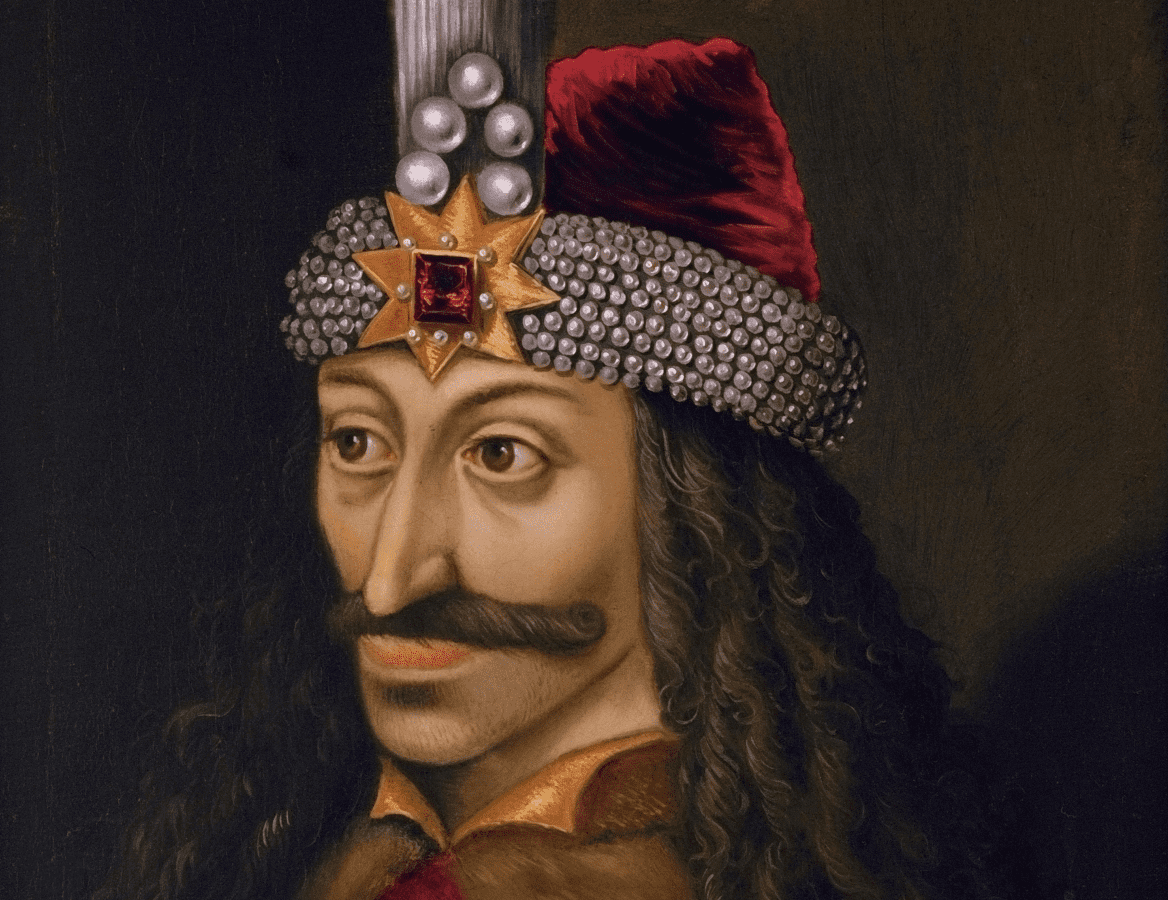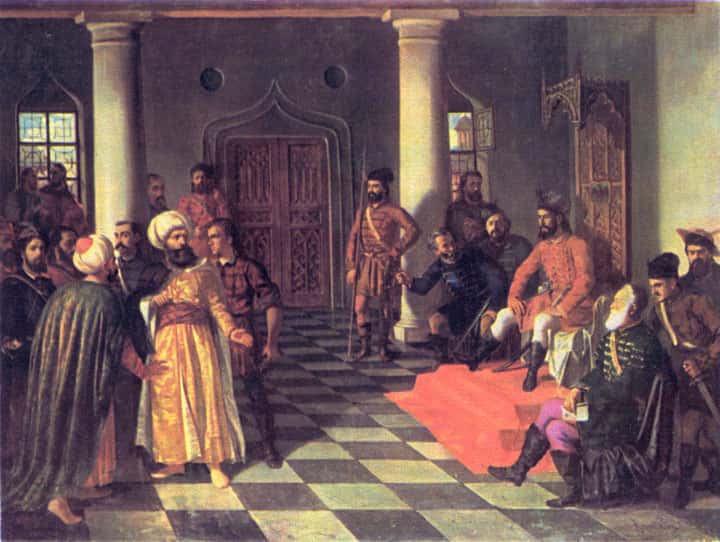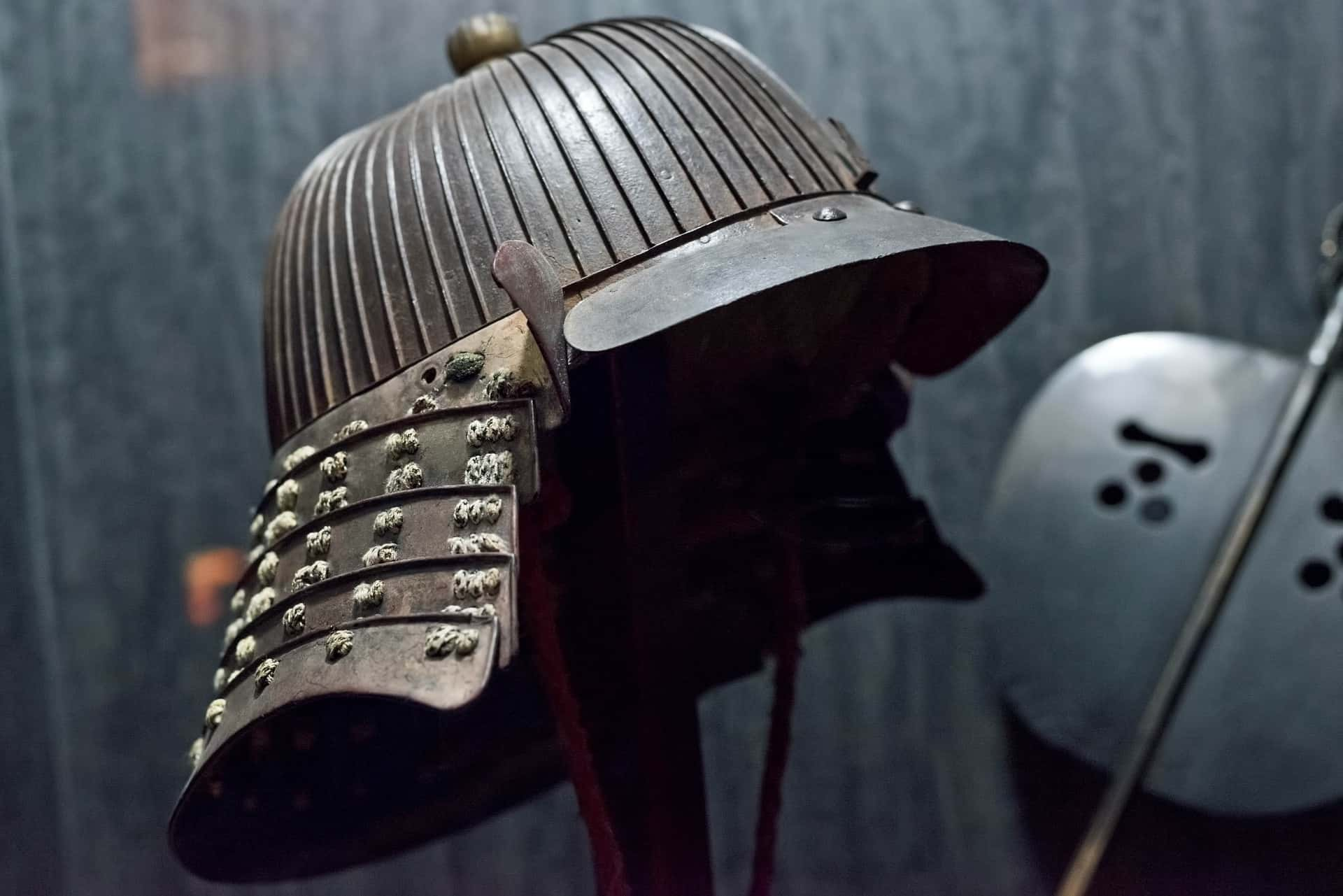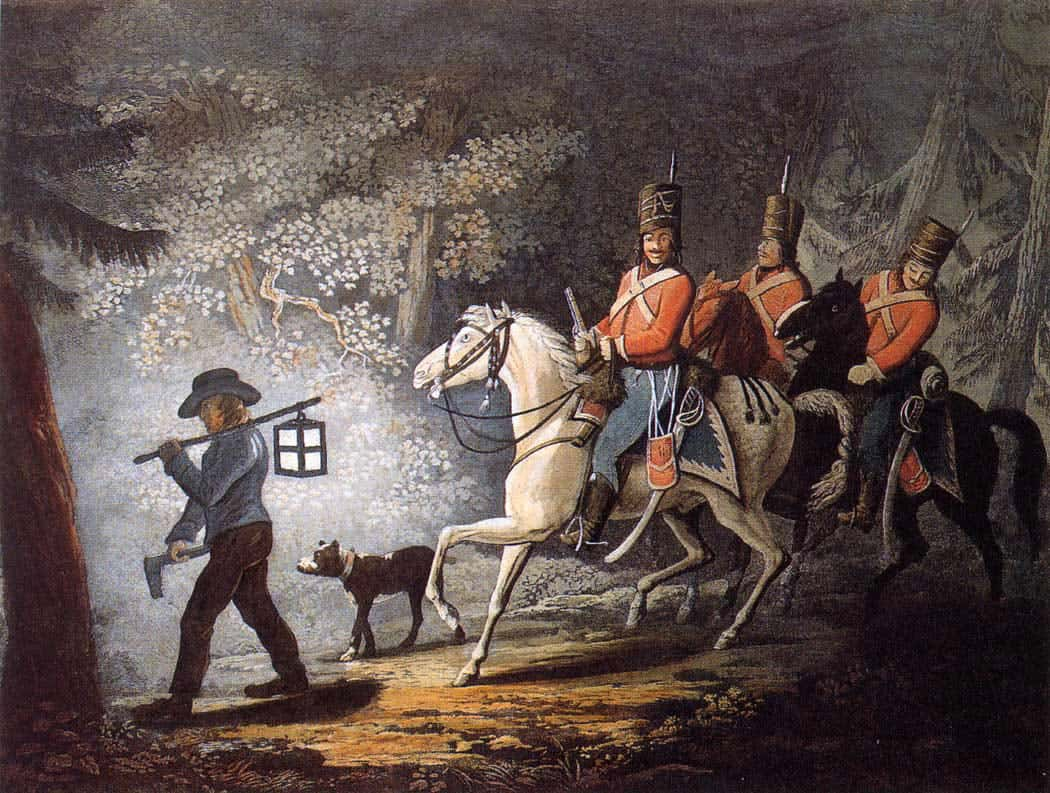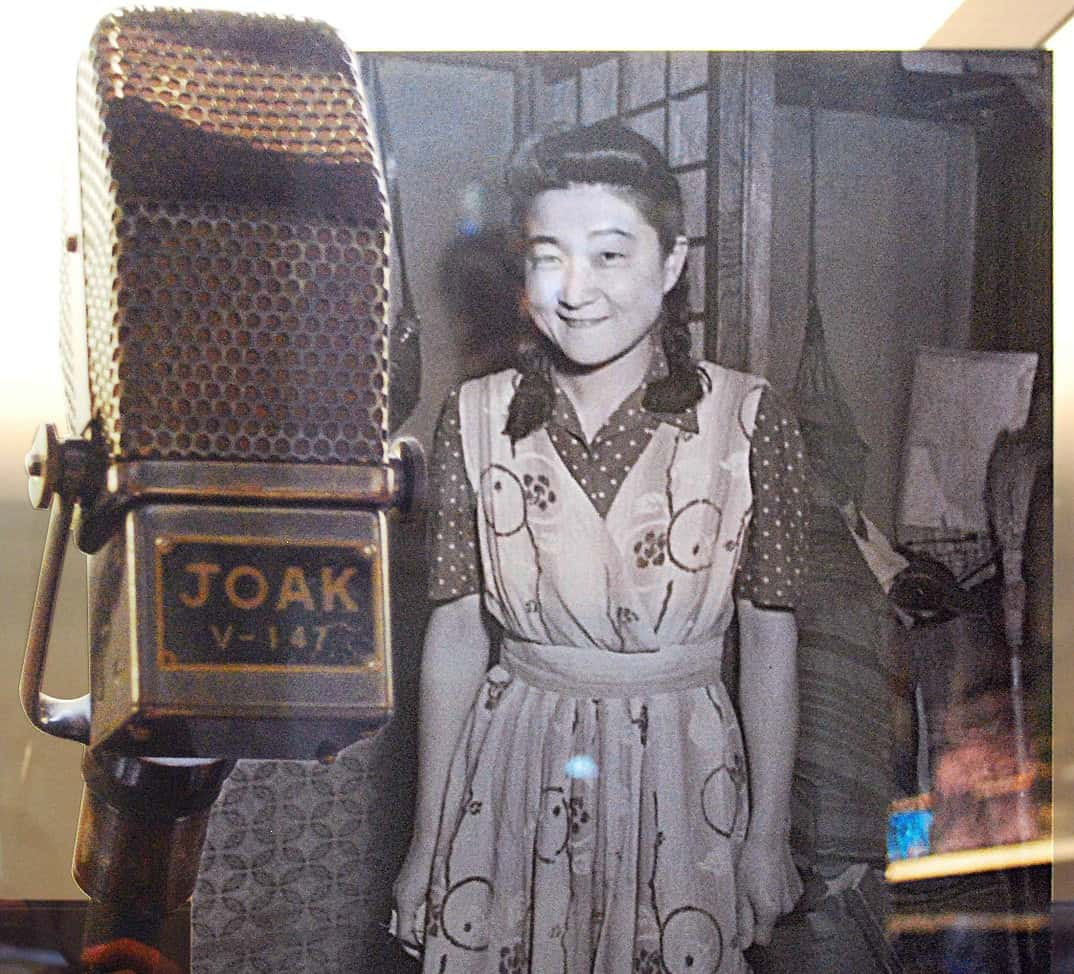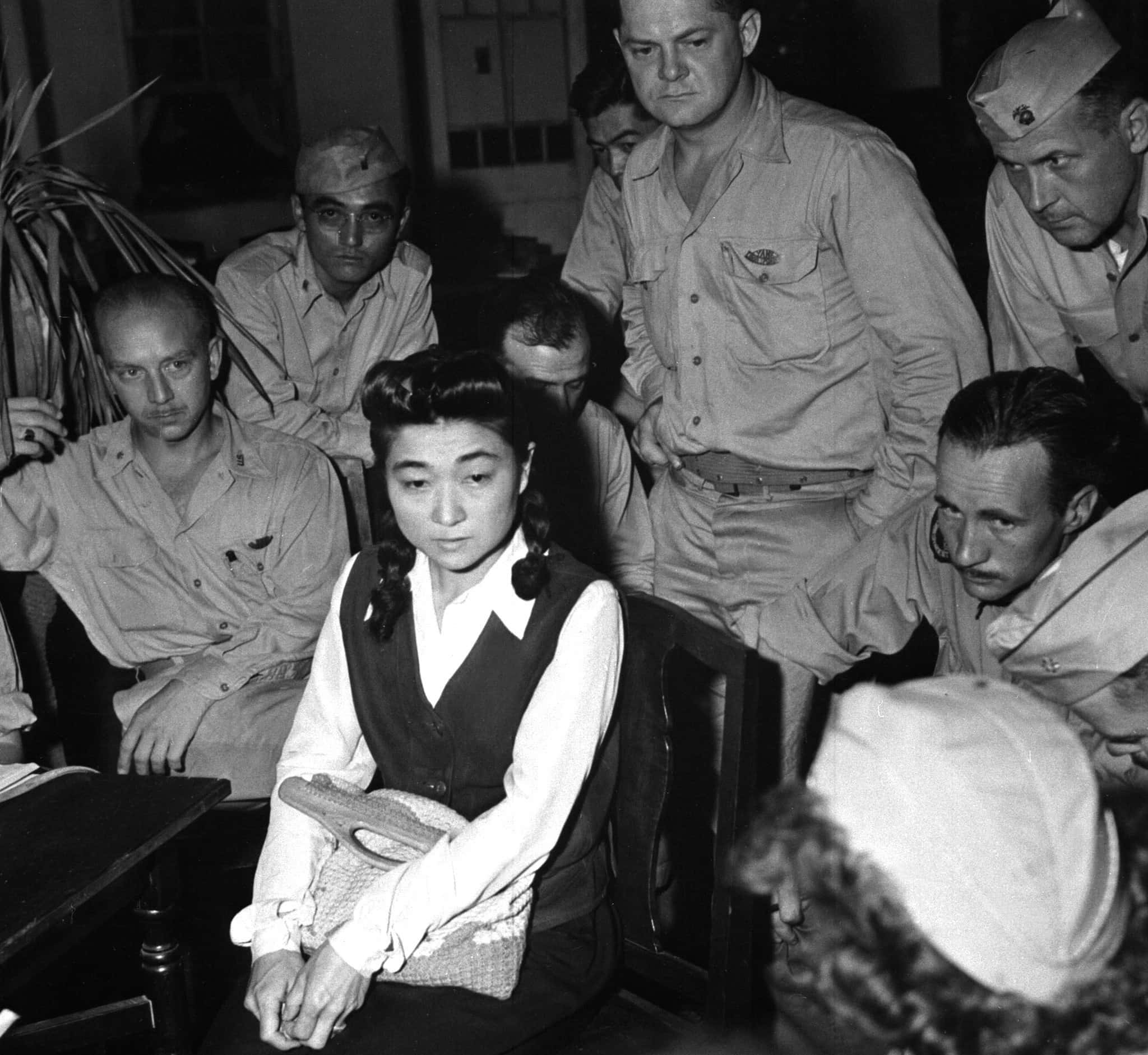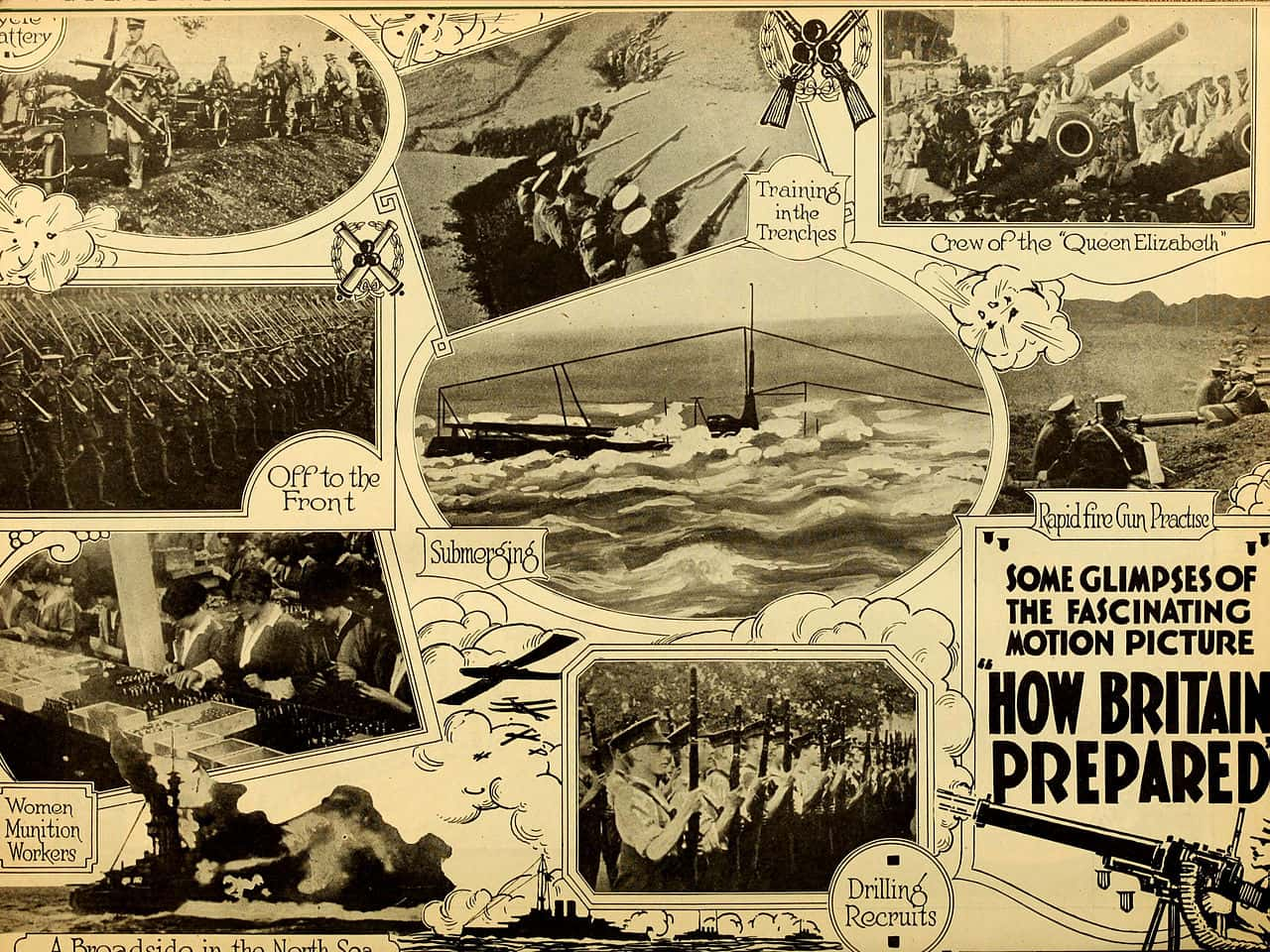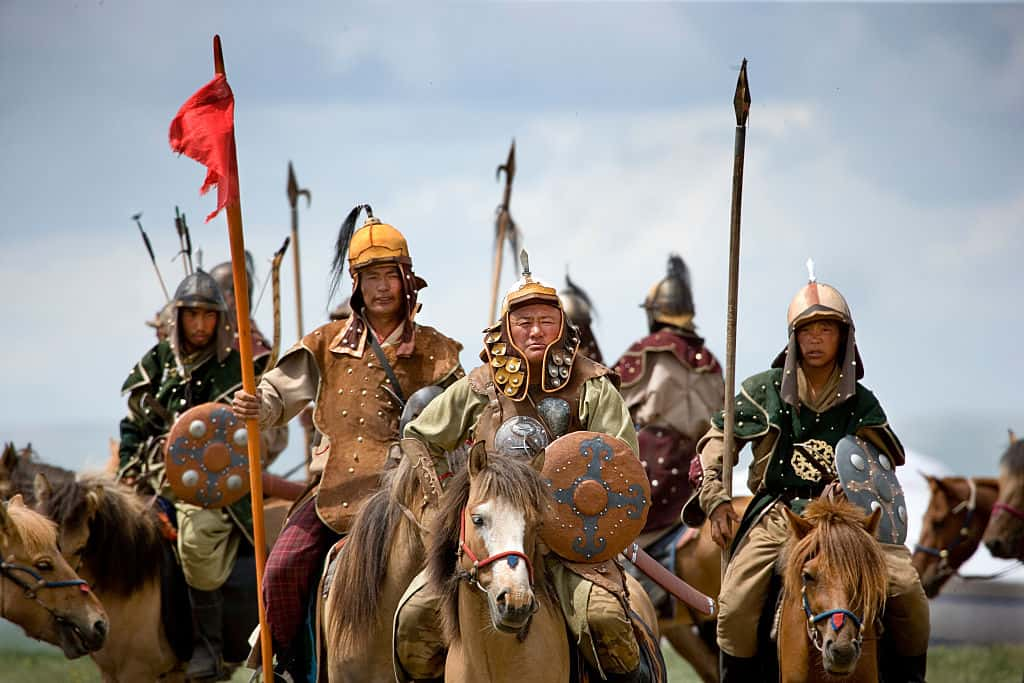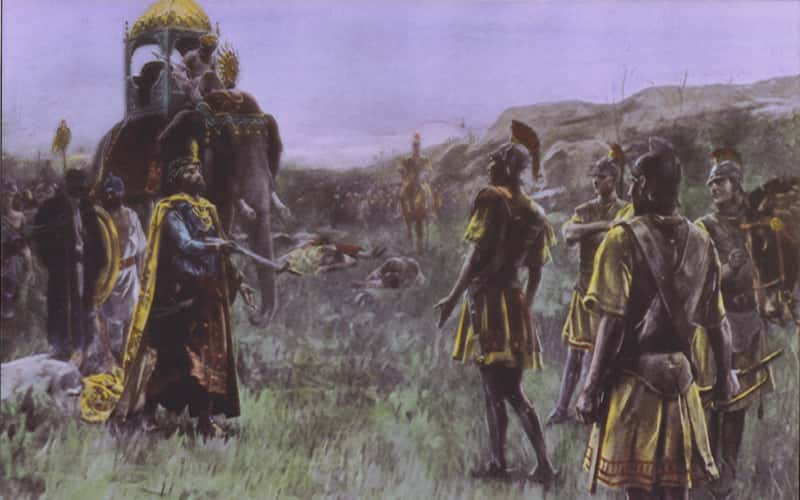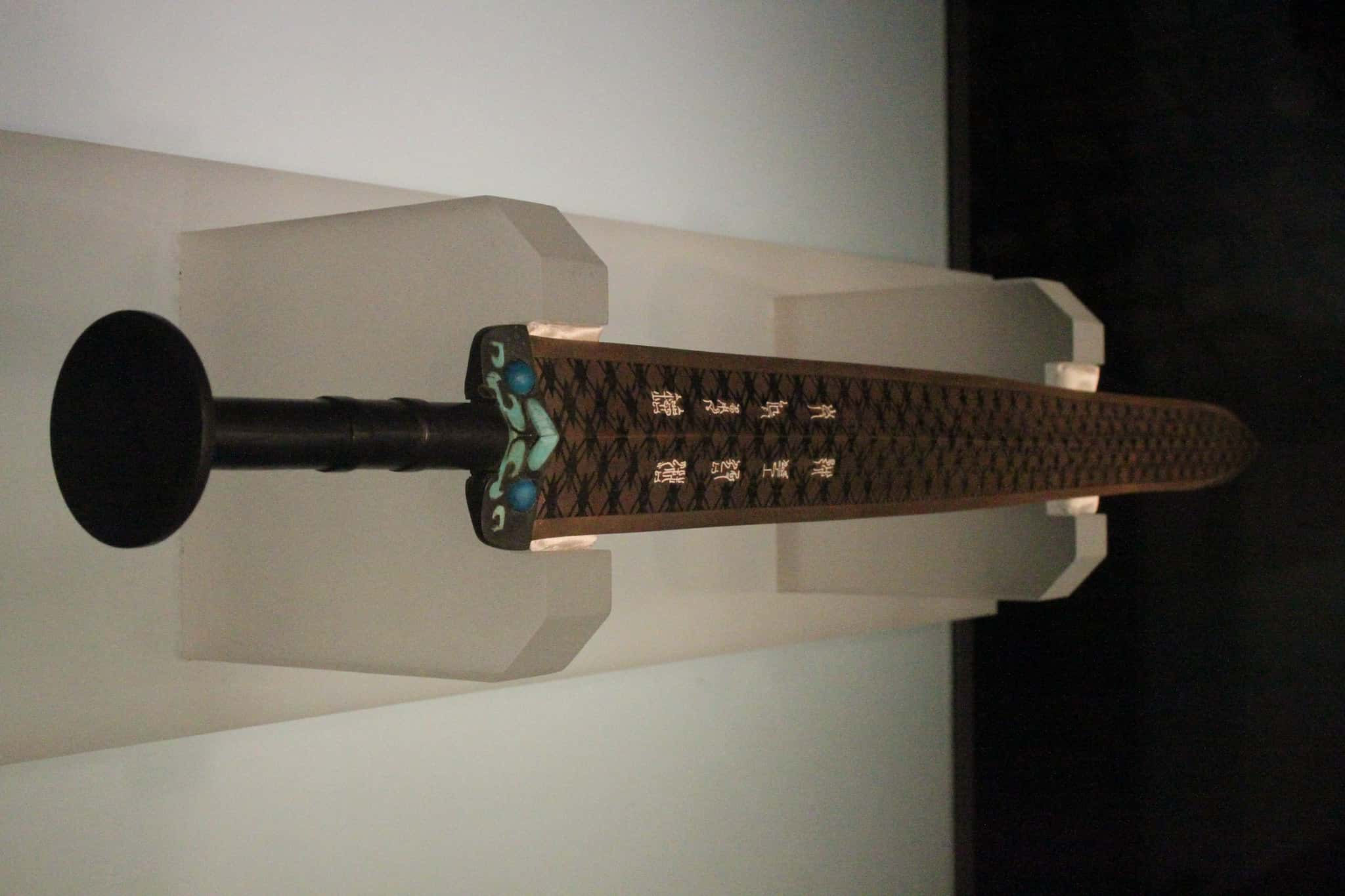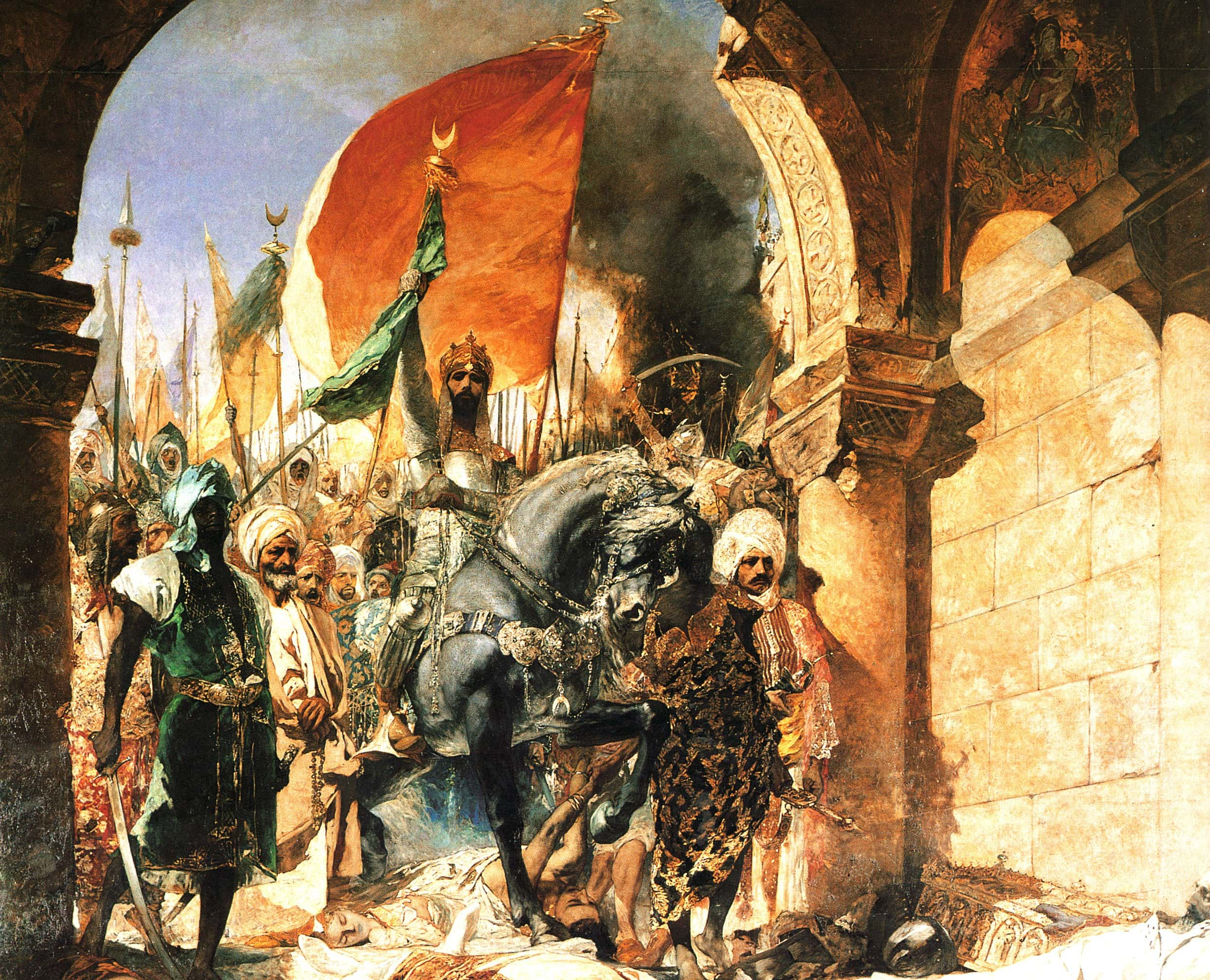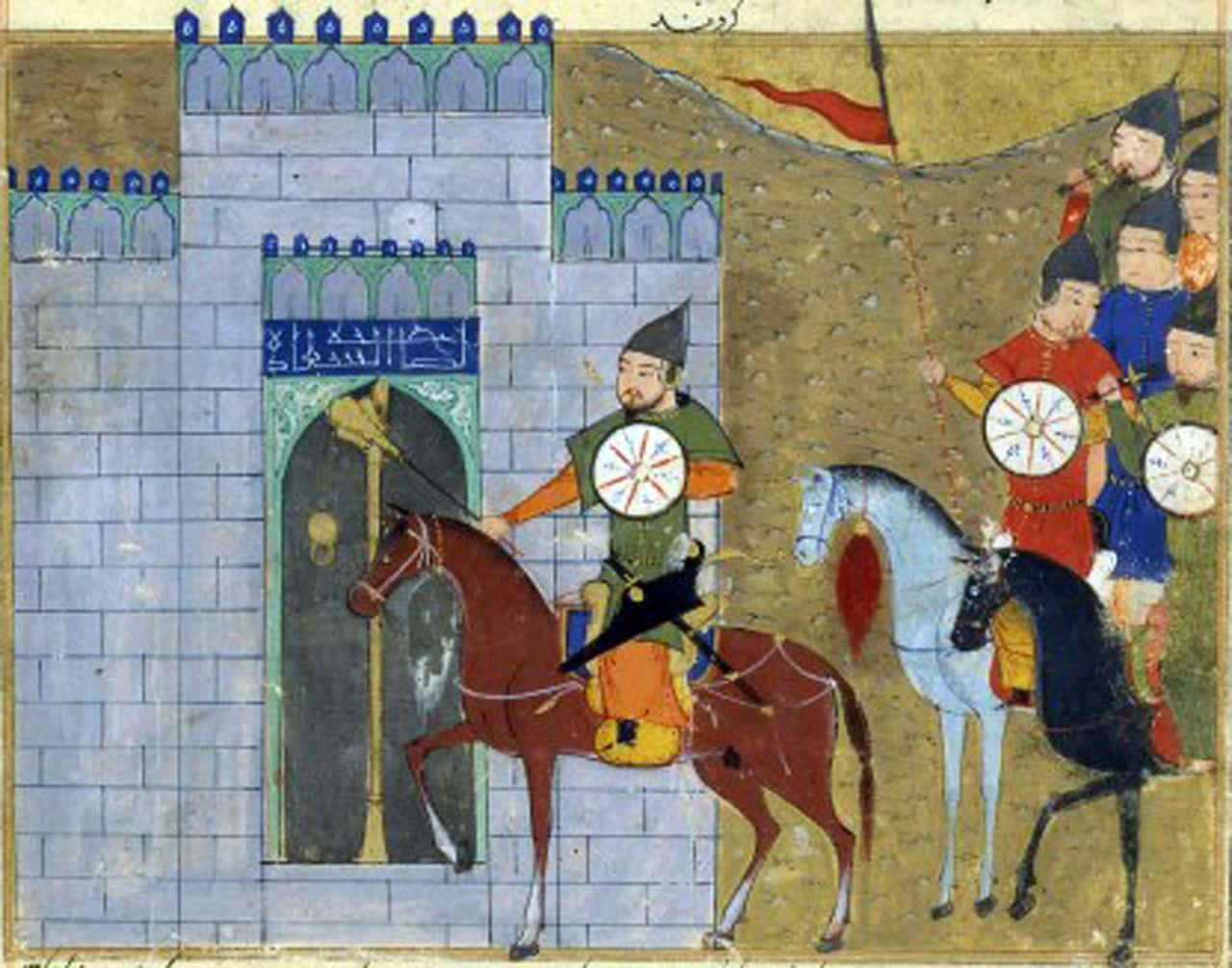Psychological warfare, from early examples of it being used to put enemies off tilt during battle, to the development of contemporary psychological operations (PSYOP), is a cornerstone of human warfare. There is a long history of people using psychological warfare tactics in order to gain an edge on the battlefields of history. From death whistles to LSD, here are 38 of the most interesting facts about the use of psychological warfare techniques in history.
Psychological Warfare Facts
38. Set in Trauma
Psychological warfare offers those without the adequate resources an alternative way to fight their battles. Vlad the Impaler, you know, that guy who possibly inspired Dracula, was one such psychological tactician. But the roots of his psychological taunts were founded in a trauma from his childhood when he was held hostage by the Ottomans. It is thought that learned the technique of impalement during this time in his life.
37. Practicing Impalement
The most famous of Vlad III’s psychological warfare tactics was...you guessed it: impalement! Vlad would impale his enemies, leave them alive, leaving them on whatever he’d impaled them on until they died.
36. Scarecrow-sicle
The Winter War between the Soviet Union and Finland didn’t prove fruitful for the giant empire, as they learned that the Finnish were not to be underestimated. One tactic of psychological guerrilla warfare that the Finnish employed was the practice of making scarecrows out of dead Soviets. When the Finnish found a frozen, dead body of their enemy, they stood him up in an area for other Soviets to see.
35. Noble Examples
In order to maintain rule over his people, Vlad resorted to tactics of fear against noblemen. After one such nobleman complained about the smell of rotting corpses, Vlad had him impaled on a larger stick, so that he could die above the smell and set an example.
34. Food Fight
During the medieval times, many towns defending themselves from a siege would often catapult food over their city walls as a way to show their enemies that they had more than enough food to get by and outlast them.
33. Terrorizing the Ottomans
No sultan wants to live in a cage, but Tamerlane was able to show the Ottomans that by messing with him, that’s where they’d end up. After defeating an early incarnation of the Ottoman Empire, he tore down the gates of Constantinople and brought them home with him alongside the sultan, who was, of course, caged. The caged sultan was then put on exhibition in Tamerlane’s parlor.
32. Cat Fight
The Battle of Pelusium is famous for its use of cats. No, really. After the Persian Emperor Cambyses II requested the hand of the Pharaoh’s daughter in marriage, he found out that he had been sent the daughter of the previous pharaoh instead. As a result, he led a campaign against the Egyptians. The Egyptians loved felines, as evidenced by the forn of their god Bastet to their refusal to harm the animal, and Cambyses knew it. He inscribed cats on the shields of his soldiers and is said to have even brought cats to the front lines as a form of psychological warfare.
31. Collection of Strategies
One does not simply come up with great psychological warfare, but rather, tactics need to be tried and tested throughout the years. The 36 Stratagems of ancient China are a compilation of proverbs collected from the Warring States period and onward, occurring from about 403 BC to 5 BC. These strategies include such gems as “Kill with a borrowed knife,” “borrow a corpse to resurrect a soul,” and “replace the beams with rotten timbers.”
30. Lost and Found
You would think that a collection of proverbs of this stature would have been preserved through the years, but somehow the 36 Stratagems was lost to history. That is until 1941, when someone stumbled upon a beat up copy at a small stall of a book vendor in the Sichuan province. We owe all modern versions of 36 Stratagems to this one copy.

History's most fascinating stories and darkest secrets, delivered to your inbox daily.
29. Whistle While You War
Sound can have profound effects on one's psychological well-being and when sound has been employed in war throughout history, there’s been dramatic results. One example is the Aztec warriors’ death whistle, which, as you can tell from its name, was a whistle that sounded like death. As the Aztecs would go into battle, they would blow through these tiny whistles, which were crafted to look like a skull, naturally, in order to induce serious fear into their enemies. Why would it induce fear? Because they were engineered to sound like screeching death throes.
28. Widespread MKUltra
Without a doubt, Project MKUltra is one of the world’s most infamous, notorious, and downright creepiest psychological operation of all time, as their experiments detached from the war zone and took place in the US, on the public. Through the '50s and '60s, the CIA ran the MKUltra program, often on unsuspecting test subjects. Universities, prisons, and hospitals were all used, including one particularly sickening example of using terminal cancer patients for experiments. That way if there were any long-lasting effects, it wouldn’t matter.
27. Heart of Darkness
Apocalypse Now is one of the most celebrated and famous films of in history, in a large part due to its ability to translate the harrowing effects of war. So, it should come as no surprise to learn that Marlon Brando’s character of Colonel Kurtz is believed to be based on a real CIA operative named Anthony Poshepny. Poshepny was sent to train an army of the Hmong hill tribe in Laos during the Vietnam War and was known for his psychological warfare, which also included the scattering of decapitated enemy heads.
26. Revolutionary Tactics
The United States is one of the world’s great psychological warfare practitioners, and their history is built on this type of manipulation, as it contributed greatly to their victory in the American Revolutionary War against Britain.
25. Franklin’s Trickery
After the British hired Hessian mercenaries from Germany, the United States distributed fliers written by Benjamin Franklin in German. These flyers were forged to resemble a stolen command written by a Hessian count to a battlefield commander. The message ordered an increase of casualties in order to receive more payments from the British for more mercenaries and the hope was that the mercenaries would see it, and defect or desert the cause.
24. Tokyo Rose
During World War II, the Japanese hired English-speaking broadcasters to lead a radio propaganda effort in order to demoralize American troops and convince them that their fighting was futile, that the Japanese were winning the war, and to go home. American soldiers dubbed the broadcasts “Tokyo Rose,” where the announcer told tales of the great victories of the Axis powers over the Allies.
23. Hunting the Rose
After World War II ended, the United States media ran with the story of “Tokyo Rose,” and journalists went on a search to find the woman behind the broadcast. Following a witch hunt, Iva Toguri, an American of Japanese descent, was tracked down, taken to court, sentenced to 10 years in prison with a $10,000 fine, and eventually pardoned by Gerald Ford after evidence surfaced of her innocence. Whew, that sounds like a nightmare.
22. Just Don’t Kill Us
A form of psychological warfare practiced by the wide-ranging Mongol Empire was to completely butcher entire towns in an effort to evoke fear in others. It worked, as word quickly spread of their devastating ruthlessness and many other towns would then allow Mongols to loot their own towns in order to sidestep the whole being viciously murdered thing.
21. Pigs Did Fly
The name of the city of Carcassonne has its roots in a psychological warfare tactic after Lady Carcas defended her city from a 5-year siege by Charlemagne and the Franks with it. With provisions running low, she fattened up a pig and had it launched it at the Franks, who then believed that she had enough resources to last the sixth year, and subsequently backed off.
 Flickr
Flickr
20. Writers for Hire
For the First World War, the British created a propaganda agency and hired some of the generations best writers to write the fliers being dropped in enemy countries. Members of this agency included H.G. Wells, Rudyard Kipling, and Arthur Conan Doyle.
19. Dummy Warfare
During warfare, Mongols would actually tie dummies to the backs of extra horses, and have them run around in order to make the enemy believe that their numbers were far greater than they actually were. While these dummies were running amok, they would also light bonfires to make it seem like they were lighting towns on fire.
18. We’re Retreating
During battles, the Mongols would set a psychological trap to shock and jar their enemies by pretending to retreat. Once the opposing army was lured far enough into a certain territory, archers would let arrows loose to tear them up.
17. Alexander the Elephant
If you can put Alexander the Great on psychological tilt, you are not only doing something right but you also definitely belong on this list. At the Battle of Gaugamela, Darius III had 15 elephants with his army, and the tactic worked as it shook Alexander up.
16. Need More Than That
But shock alone can’t beat one of history’s greatest generals. Alexander soon overcame his rattled disposition and won the battle. The effects lingered on his brain, however, and immediately after the battle, he incorporated all of the elephants into his own army and went on a campaign to build his elephant corps afterward.
15. Modern War Elephants
There is a guerrilla war going on in the most northern state of Myanmar, Kachin, between the Kachin Independence Army (KIA) and the Myanmar government. As the war rages on, with Myanmar continuing their decades-long bombing of the area, the KIA has the distinction of being the only modern army to utilize war elephants. The elephants aren’t classical combat elephants, however, and are instead used for stealth transportation purposes.
14. Myanmar Tradition
Myanmar is the last place where war elephants saw real combat, when in 1825, the royal dynasty of Burma tried to fight the British with the animal. The British didn’t care for it though and simply slaughtered the elephants with rockets.
13. New Subjects
Whenever Alexander the Great conquered a new region, he would leave men he trusted behind in order to root Greek culture in the newly acquired land and assimilate the population. He would also pay these men to marry local women in order to further mix the people into his kingdom.
 [/media-credit] Alexander the Great in battleGetty Images Alexander the Great in battle
[/media-credit] Alexander the Great in battleGetty Images Alexander the Great in battle
12. Philip Was Great Too
Alexander the Great learned from his father, Philip II of Macedonia, the man who left Alexander with a foundation to build his empire upon. Philip was also an incredibly skilled military leader, and he employed tactics of psychological warfare as well. During the Battle of Chaeronea, against Athenian and Theben rebel groups, instead of attacking the warriors head-on during the summer heat, Philip simply sat back and waited it out. The result was that the rebels were left blistering and exhausted in the sun as Philip lounged with his feet up. Then, when the time was right, Philip led a false attack to even further exhaust his enemies, whom he then easily disposed of.
11. To Cut Your Own Throat
While at war with the state of Wu, Goujian of Yue had a trick up his sleeve in order to scare the hell out of his neighboring territory: to begin the battle by having the front line of his army slice their own throats. Needless to say, it did scare the hell out of his enemy’s army and the Wu state was soon thereafter annexed.
10. Sonic Boom
The sound of sonic booms was used by the United States army during their meddling in the civil war of Nicaragua, as it was a way to berate the Sandinistas into a weakened psychological state.
 PxHere
PxHere
9. Home Field Testing
The United States didn’t start using sonic booms out of anywhere, however. First, they tested it on their own citizens, starting in Oklahoma City in 1964, where they would fly the sonic booms over the city and then assess their impact on the people living there.
8. Wandering Souls
Some Vietnamese people believed that their people had to be buried in their homeland, otherwise, they would be doomed to painful wandering for eternity. To exploit this belief, the United States army employed Operation Wandering Soul, which was the production of a spooky soundtrack that was supposed to sound like ghosts (called Ghost Tape Number 10), which was then broadcast overhead by helicopter during the Vietnam War.
7. Siege at Waco
During the notorious standoff in Waco, Texas between the Branch Davidians and the United States, the government resorted to a tactic of psychological warfare through the repetitive blasting of music. After hearing everything from “These Boots Are Made For Walkin’” to the sounds of rabbits being killed, the religious group responded with their own music, which prompted a broadcast battle until the compound's power was cut off.
6. You Love Me?
Psychological operations used by the United States military has proved vital to modern warfare, and they’ve been used to assist the torture at Guantanamo Bay by attempting to use sound to break the prisoners. Their choice of music ranges from death metal to the “I Love You” song from Barney & Friends. Bob Singleton, the man behind the song, has come out and denounced the usage of his song, and after finding out that their music was used, the band Skinny Puppy sued the United States Defense Department for an appropriate $666,000.
5. Don't Mess With the Vlad
When the Ottomans attempted to invade our old friend Vlad the Impaler's territory of Wallachia, as many as 20,000 men, women, and children were found impaled and rotting away outside of the capital. After setting eyes on this sight, Sultan Mehmed had had enough and turned back toward home.
4. Pyramids of Horror
The last great nomadic conqueror of the Eurasian continent, Tamerlane attempted to restore the Mongol Empire and took on the brutal tactics of Genghis Khan in order to reach his desired results. During his reign, he wreaked havoc from Europe to China and was responsible for the death of 5% of the world’s population. As if this wasn’t enough, he would often build pyramids out of the skulls of his enemies, and leave them for others to witness. After killing over 90,000 people living in Baghdad, he erected 120 pyramids out of their skulls.
3. Flying Heads
As their reputation preceded them, the Mongols didn’t have to fight as many battles as they could have over the years, and they further reduced this amount by another psychological technique: catapulting decapitated heads over city walls. This would strike fear into the people of the city, who would quickly surrender.
2. Beheaded Disease
An alternative and even more twisted purpose for catapulting these heads over walls was for the spreading of diseases to those living inside the confined area.
1. A Trip to the Brothel
One example of the aforementioned MKUltra's tactics was the Operation Midnight Climax project. If it sounds like a “Skinemax” movie, well that’s because it almost is exactly that. Placing operatives inside of a brothel in San Francisco, prostitutes were used to lure unsuspecting men, where they would then be drugged with a heavy dose of LSD and watched behind two-way mirrors by the CIA.


